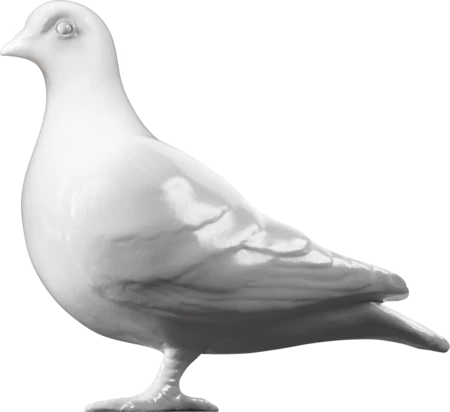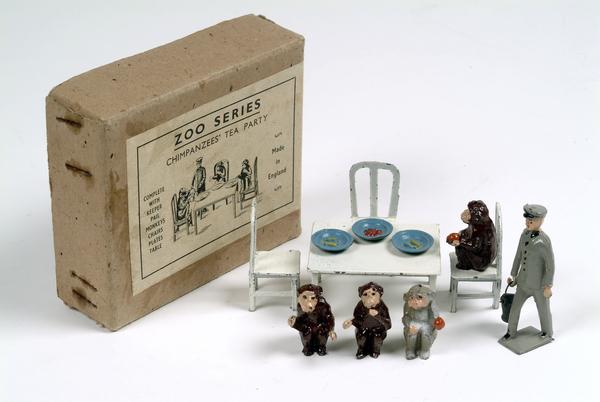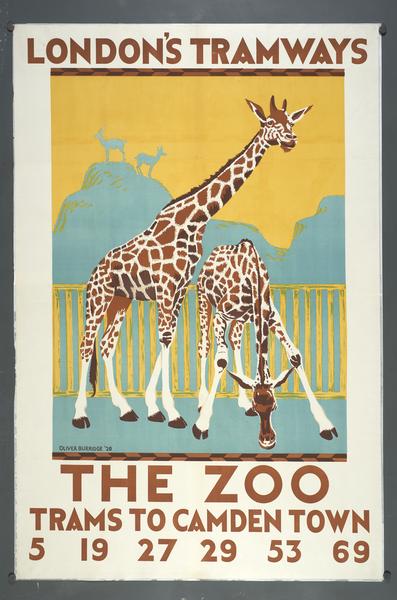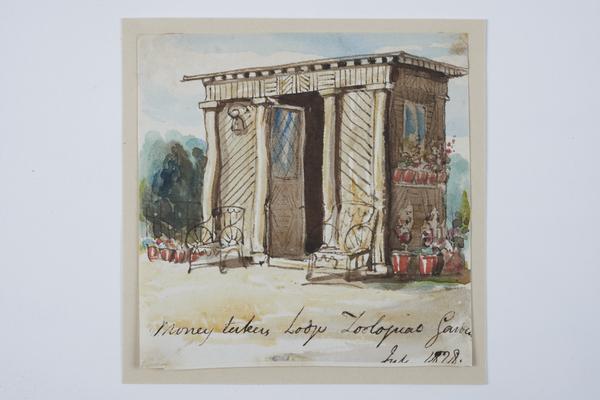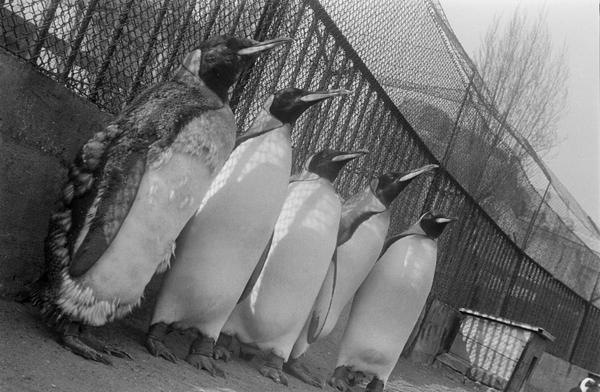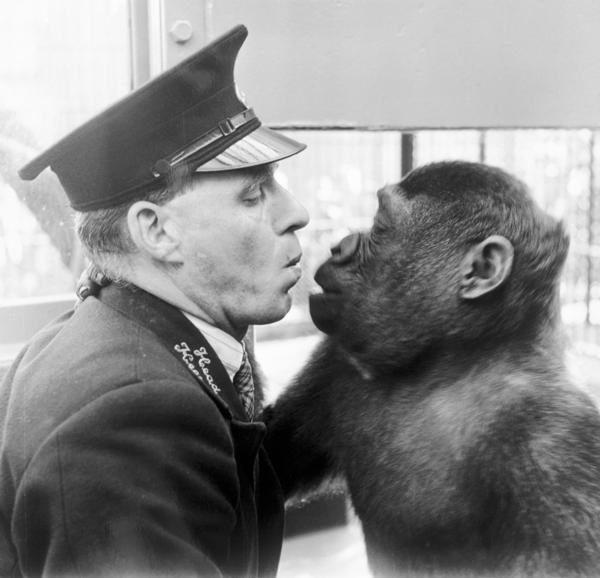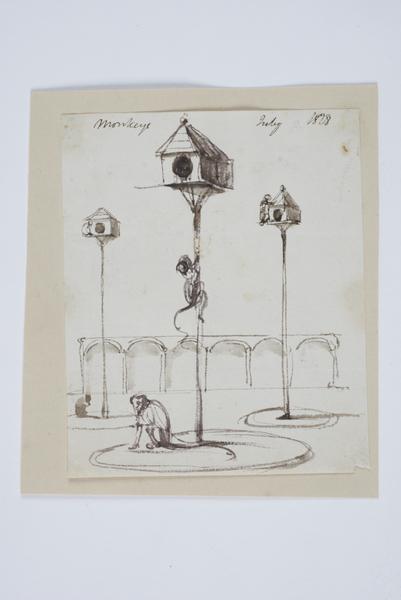A little history of London Zoo
You can count lions, tigers, gorillas and giraffes among the many notable residents of central London. Nestled into a corner of Regent’s Park, London Zoo has been welcoming the public since Victorian times.
Regent’s Park, City of Westminster
1828

The zoo was founded in 1826
In 1826, the Zoological Society of London (ZSL) was set up to create a collection of animals for scientific study. Architect Decimus Burton designed the new Zoological Gardens to house animals like monkeys, bears, kangaroos and zebras. It opened to ZSL members in 1828 – including naturalist Charles Darwin who, in 1838, was particularly fascinated by an ape called Jenny.

But it only opened to the public in 1847
To help fund the ZSL, the gardens were opened to the public in 1847. A number of world-first attractions opened soon after: the first reptile house (1849), the first public aquarium (1853) and the first insect house (1881). A hippo called Obaysch arrived in 1850, making it the first hippo to be seen in Europe since Roman times.

The height of Victorian entertainment
The ‘Zoo’, as it became known, delighted the many Londoners who flocked to Regent’s Park. It was one of the city’s top attractions and the animals, like 19th-century celebrities, got a lot of press attention. But they weren’t kept with the knowledge of animal welfare that we have today. Many were poorly treated and lived in small cages with poor ventilation.

London Zoo’s famous animals
There was Jumbo, the zoo’s first (and very large) African elephant, who arrived in 1865. He’s the reason why the word ‘jumbo’ now refers to big things. In the early 1900s, a black bear called Winnie inspired author Alan Alexander Milne to name his teddy bear character Winnie-the-Pooh. From the 1940s to the 1970s, Guy the gorilla was one of the zoo’s best-loved residents. Bears and elephants are no longer kept at Regent’s Park.

The zoo during the Second World War
While some animals were moved to the ZSL park in Whipsnade, all venomous animals were killed in case the zoo was bombed and they escaped. The aquarium was closed – and some edible fish ended up on Londoners’ dinner plates. Bombs damaged zoo buildings during the Blitz, including the Zebra House. No animals were hurt, but a zebra escaped and was found heading to Camden Town.

Enclosures have been adapted and rebuilt over the years
The Giraffe House is the only Victorian building still being used for its original purpose. The zoo has 13 buildings listed as significant by Historic England, such as the striking modernist Lubetkin Penguin Pool. Many of these have been incorporated into new enclosures built this century which provide more space and improved conditions for the animals.

Star of the screen
Even if you’ve not been to London Zoo, you might have seen it on your telly. The lead in An American Werewolf in London wakes up (naked) in the wolves’ enclosure. The first Harry Potter film has that famous python scene in the Reptile House. And Harry Styles filmed the video for his 2022 hit As It Was in the Lubetkin Penguin Pool.
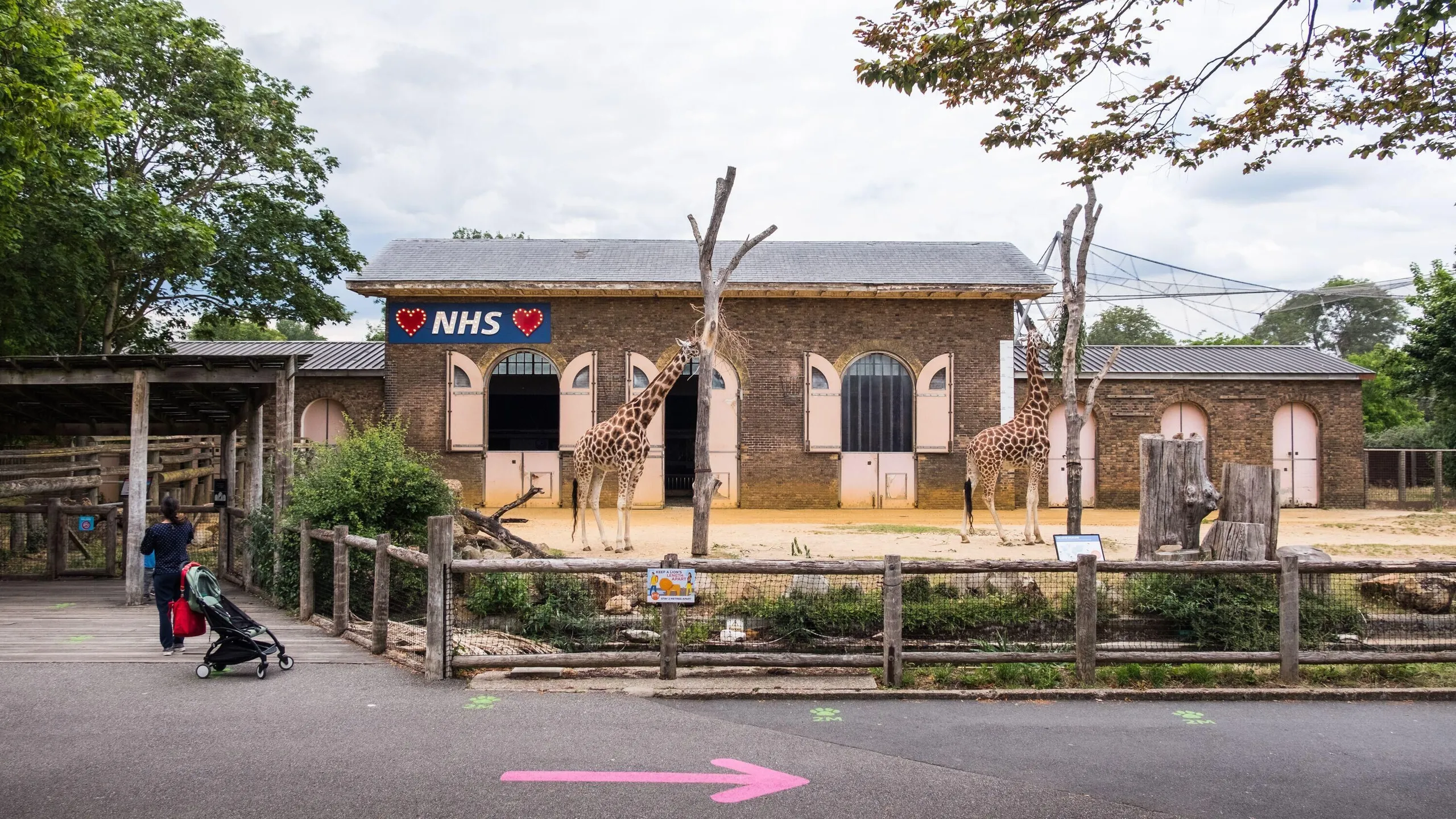
London Zoo during lockdown
The zoo closed to the public for weeks in 2020 and 2021 because of the Covid-19 pandemic. The sheer drop in income plunged ZSL into financial difficulties – just feeding the 20,000 animals at London and Whipsnade costs £1 million a month. There were also reports of animals “suffering lockdown loneliness” from the lack of human interaction.

Responses to the zoo have always been mixed
Criticisms of keeping animals in the zoo stretch back to its early years. William Broderip, one of ZSL’s founders, even admitted in 1836 that the losses of the animals there were “considerable”. Since the 1960s, the zoo’s focus has been on conservation. It emphasises that learning from the species in its care – some of which are now extinct in the wild – helps to protect their future. But still, the debate continues.
